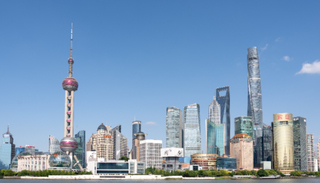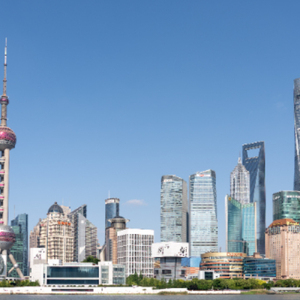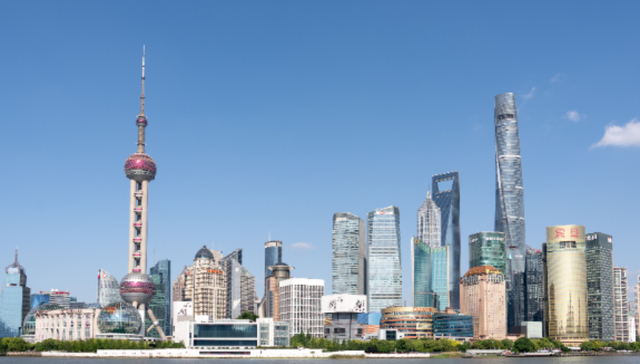by FANG Zhuoran
Shanghai's consumer spending rose during China's eight-day Mid-Autumn Festival and National Day holiday, driven mainly by tourism, nightlife and sports events, official data showed.
The city recorded 79.6 billion yuan (about US$11 billion) in online and offline payments between Oct. 1 and 8, up 3% from a year earlier, according to the Shanghai Municipal Commission of Commerce. Separately, Meituan, a major food delivery and lifestyle platform, said restaurant sales rose 7.5%.
Sales in major commercial districts climbed 10.2%, while 25.5 million visitors came to Shanghai during the holiday, nearly 20% more than a year earlier. Hotel occupancy averaged 63.7%.
The Mid-Autumn and National Day holiday is one of China's busiest travel and shopping seasons, often seen as a barometer of consumer sentiment.
Nightlife activity contributed to spending growth. Five designated nightlife areas, including Xintiandi, West Bund Dream Center and Yuyuan Garden, saw spending up 15% year on year. A citywide "Midnight Deals" campaign achieved a coupon redemption rate above 70%.

At the West Bund, the Shanghai International Light Festival drew about 660,000 visitors, doubling evening sales from last year. Expo Cultural Park opened a night market and Yuyuan staged a "Dragon Night" light show featuring traditional themes.
Sports events further lifted consumption. The holiday coincided with the 2025 Rolex Shanghai Masters, an ATP tennis tournament, which helped drive both on-site and related consumer spending. The official merchandise store at Qizhong Tennis Center drew 20,000 visitors a day, with some days doubling last year's sales.
Foreign visitor spending also increased. Tax-refund claims jumped sixfold from a year earlier, with sales up 7.2%. Retailers such as New World City reported sales rising over 20%, helped by tourists benefiting from simplified tax-refund rules.
Analysts said the figures show Shanghai's effort to revive domestic consumption and attract overseas travelers as China seeks to strengthen post-pandemic recovery through tourism and lifestyle spending.





